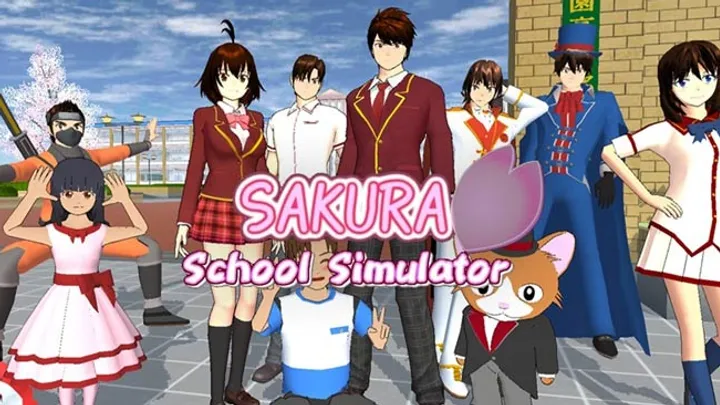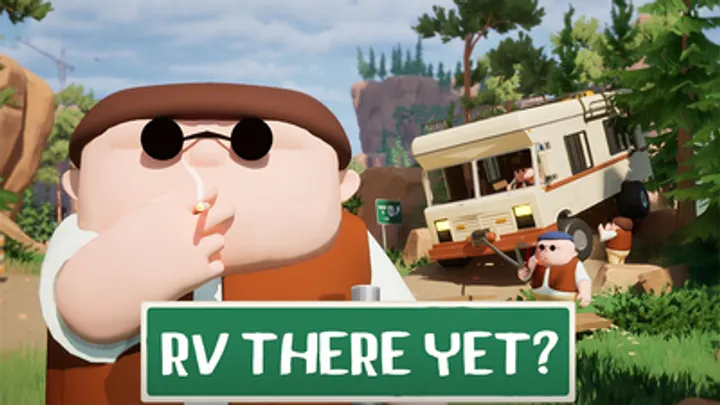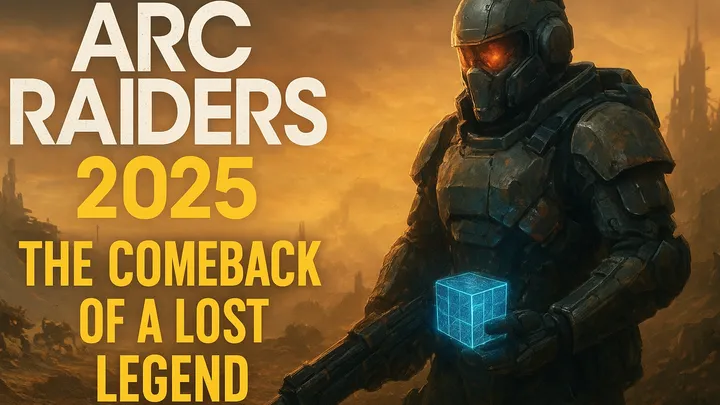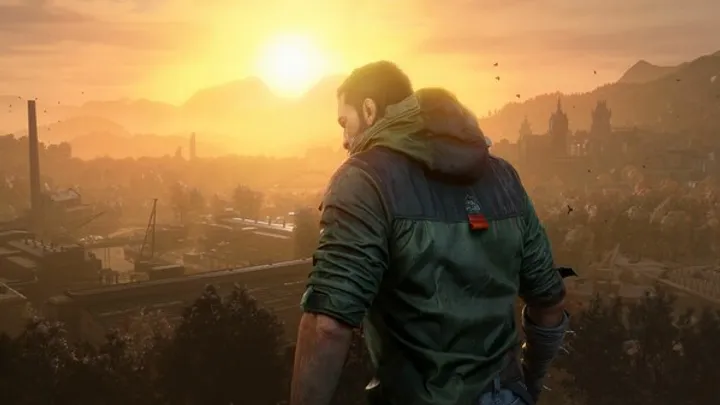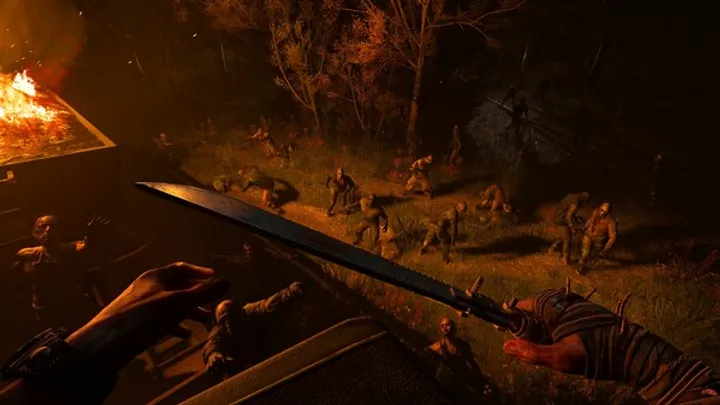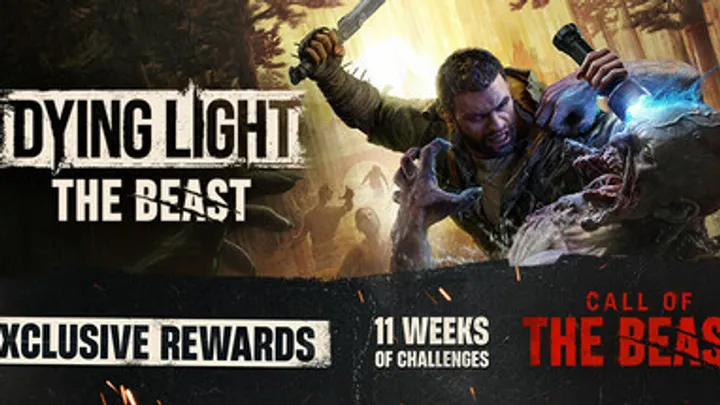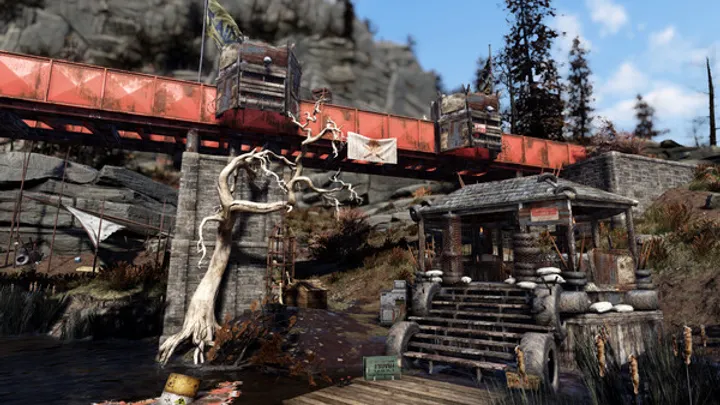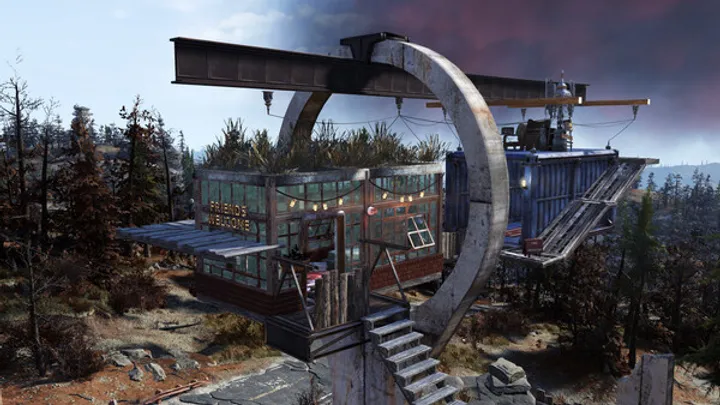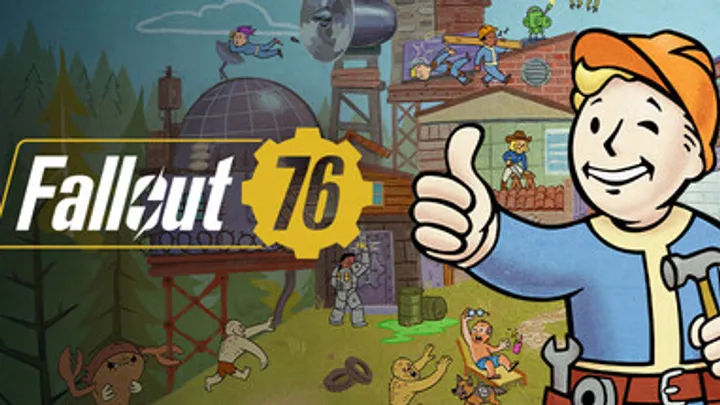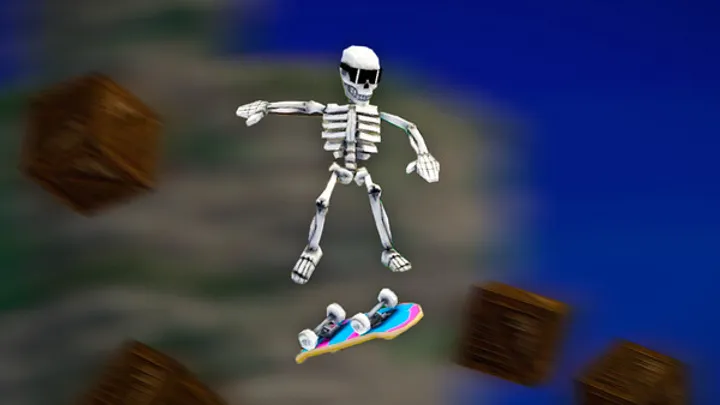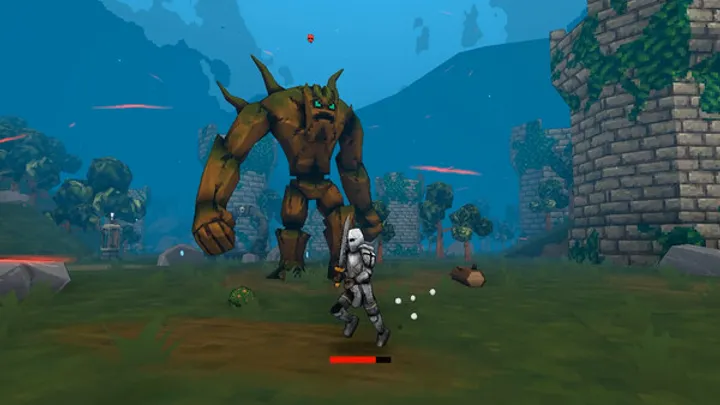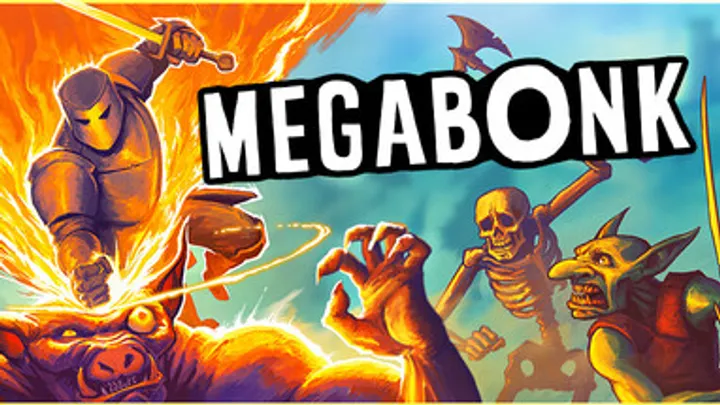When Battlefield 6 launched, it carried the enormous weight of legacy. Players expected a return to the franchise’s golden formula — massive warfare, team strategy, and cinematic destruction. Yet, despite its advanced engine, enormous maps, and futuristic setting, Battlefield 6 became a case study in how scale can overwhelm structure. Beneath the bombastic visuals and large-scale ambition lies a specific issue that defines its turbulent identity: the collapse of meaningful player engagement in oversized environments.
This isn’t a story about graphics or bugs. It’s about how Battlefield 6 lost the delicate balance between spectacle and player connection — how a series built on teamwork turned into a lonely experience scattered across too much space.
The Hype and the Promise
Before release, Battlefield 6 was positioned as a reinvention — a return to “All-Out Warfare.” Marketing emphasized unprecedented scale: 128-player battles, dynamic weather, destruction physics, and modern combat tools like drones, wingsuits, and robotic vehicles. The trailers promised chaos in its purest, cinematic form.
But this ambition also marked the beginning of its core problem. The design philosophy favored visual shock over tactical substance. The question became not whether Battlefield 6 could look impressive — it obviously could — but whether it could maintain the intimacy and cohesion that made earlier entries like Battlefield 3 and Bad Company 2 beloved.
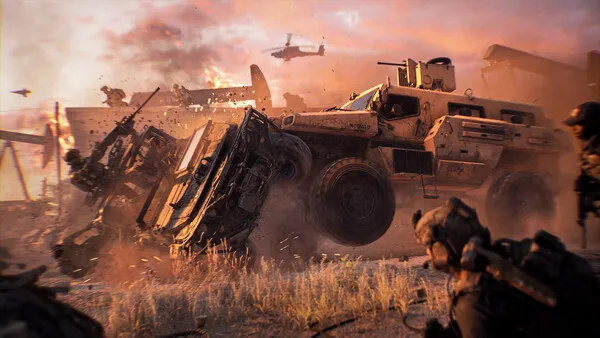
The Scale Problem
The shift to 128-player maps fundamentally altered the flow of combat. On paper, doubling player count meant more epic battles. In practice, it diluted the density of meaningful engagements. Players often spent long stretches traveling across empty terrain, only to die seconds after reaching the front line.
The massive open spaces, though visually breathtaking, created disconnection. Team coordination became nearly impossible without squad-based voice chat or strict objective control. The iconic “Battlefield moments” — the clutch revives, last-second flag defenses, synchronized vehicle pushes — were replaced by chaos without context.
Instead of feeling like a soldier in a massive war, players felt like isolated participants lost in an oversized sandbox.
The Death of Battlefield Identity
The Battlefield franchise has always thrived on controlled chaos — emergent stories born from teamwork and unpredictability. However, Battlefield 6 leaned too heavily on chaos itself. The result was mechanical dissonance: too much happening everywhere, and nothing truly connecting players emotionally to the moment.
This shift also fractured the player base’s expectations. Longtime fans wanted tactical, team-focused warfare; newcomers expected arcade-style action. The game’s systems tried to please both — but ultimately satisfied neither. Specialists replaced traditional class roles, undermining teamwork by encouraging individualism. The classic synergy between medics, engineers, and recon units vanished, erasing a core part of Battlefield’s identity.
Specialists and the Fragmentation of Team Play
The Specialist system was meant to modernize class structure — giving players unique gadgets and abilities like grappling hooks, drones, or healing pistols. In theory, this increased customization. In practice, it dismantled Battlefield’s cooperative foundation.
Without class restrictions, any player could equip nearly any weapon. Teams became clusters of lone wolves instead of coordinated squads. The removal of class identity made roles meaningless. The satisfaction of being “the team’s medic” or “the tank engineer” disappeared. What replaced it was a collection of interchangeable heroes whose abilities rarely affected team success.
Players no longer played with their team — they played around it.
Map Design: When Bigger Isn’t Better
The maps in Battlefield 6 are technological marvels — vast, destructible, and dynamically changing with storms or sand. Yet, their design exposes the tension between realism and gameplay.
Each map feels designed for cinematic effect rather than functional flow. Points of interest are spread too far apart, leading to repetitive traversal. Combat funnels into narrow hotspots that alternate between silence and sensory overload. Verticality, once an advantage, becomes disorienting when every building or cliff feels like an isolated zone with no tactical coherence.
Players often describe the experience as “running a marathon for a five-second firefight.”
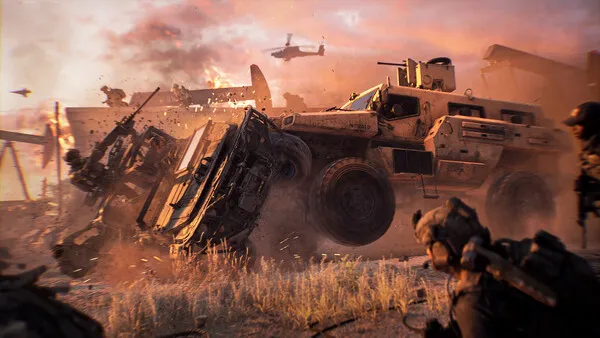
Vehicles: From Power Fantasy to Frustration
Vehicles have always been Battlefield’s defining feature — tanks, jets, and helicopters creating chaotic yet coordinated layers of warfare. In Battlefield 6, however, vehicle dominance became a double-edged sword.
The massive open maps leave infantry exposed with few anti-vehicle options. Tanks roam freely with minimal counterplay. Air vehicles, especially helicopters, can devastate squads with little resistance. The balance leans heavily toward vehicle players, alienating infantry users and destroying pacing.
Worse, the spawn system often places players miles from objectives, forcing them to rely on vehicles for traversal. When those vehicles are limited or already taken, the frustration compounds.
Weather and Dynamic Events: Beauty Without Substance
One of the game’s most marketed features — dynamic weather events like tornados and sandstorms — encapsulates Battlefield 6’s core issue perfectly. These moments look spectacular, but they rarely influence gameplay meaningfully.
The tornado, for example, is a visual marvel but a gameplay gimmick. Players either avoid it entirely or exploit it for temporary mobility. It doesn’t change strategy, positioning, or objectives in any lasting way. Like much of Battlefield 6, it’s beautiful chaos without consequence.
It symbolizes the game’s obsession with cinematic spectacle over meaningful interactivity.
Performance and Technical Turmoil
Beyond design, Battlefield 6 suffered from a rough technical launch. Bugs, glitches, inconsistent hit registration, and server instability plagued early months. Even after multiple patches, the experience remains uneven. Frame drops during large explosions, rubber-banding in high-population servers, and broken animations remind players of an unfinished product.
Technical instability compounds the gameplay issues. When immersion relies on large-scale spectacle, even small disruptions — a delayed input, a lagging helicopter, a misaligned weapon sight — can destroy the illusion.
Community Backlash and Slow Recovery
The player community’s reaction was brutal but honest. Fans voiced frustration over the loss of classic features: server browsers, in-game voice chat, and class systems. The game’s subreddit became a hub of disappointment, memes, and desperate hope for reworks.
EA and DICE responded with transparency and updates, slowly reintroducing legacy elements. The 2023 and 2024 patches restored some structure: rebalanced weapons, improved map density, and partial return of class-like systems. Yet, the damage to reputation had already been done.
The community fragmentation mirrored the game’s design problem — too many expectations in too vast a space.
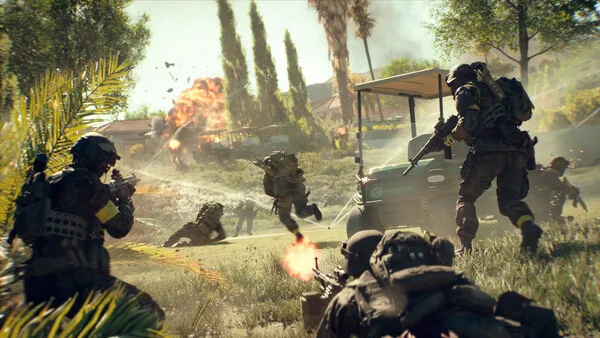
Lessons in Design and Scale
At its core, Battlefield 6 teaches a vital lesson about scale in multiplayer design. Bigger is not inherently better. What makes Battlefield unique is not its size, but its density of experience — the way small interactions cascade into epic moments. When the focus shifts to spectacle, the sense of human connection fades.
The franchise’s best memories — a squad holding the last flag under fire, a tank duel on a collapsing bridge, a pilot ejecting mid-air to RPG a jet — came not from quantity but from clarity of design. Battlefield 6’s pursuit of size diluted that clarity.
The future of the series depends on rediscovering intimacy within chaos.
The Future of Battlefield
EA and DICE have promised that future installments will “return to roots.” Rumors suggest tighter maps, improved destruction systems, and a stronger class identity. The developers now acknowledge that Battlefield 6’s problems were not technical alone — they were philosophical.
If Battlefield 7 can find harmony between modern scale and old-school focus, the franchise can recover its crown. It doesn’t need bigger storms or more players; it needs purpose, proximity, and personality. The best Battlefield moments have always been born not from size, but from shared survival.
Conclusion
Battlefield 6 is a study in excess — a spectacular but hollow battlefield where ambition overtook intimacy. It’s a masterpiece of engineering wrapped around a void of connection. The game’s massive maps and 128-player battles demonstrate that even the grandest scale means nothing without emotional coherence and tactical balance.
In chasing cinematic glory, Battlefield 6 lost its sense of human chaos — the fragile, thrilling heartbeat that made every moment matter. Its story is not one of failure, but of imbalance — a warning that the future of warfare in games must remember the players, not just the explosions.
